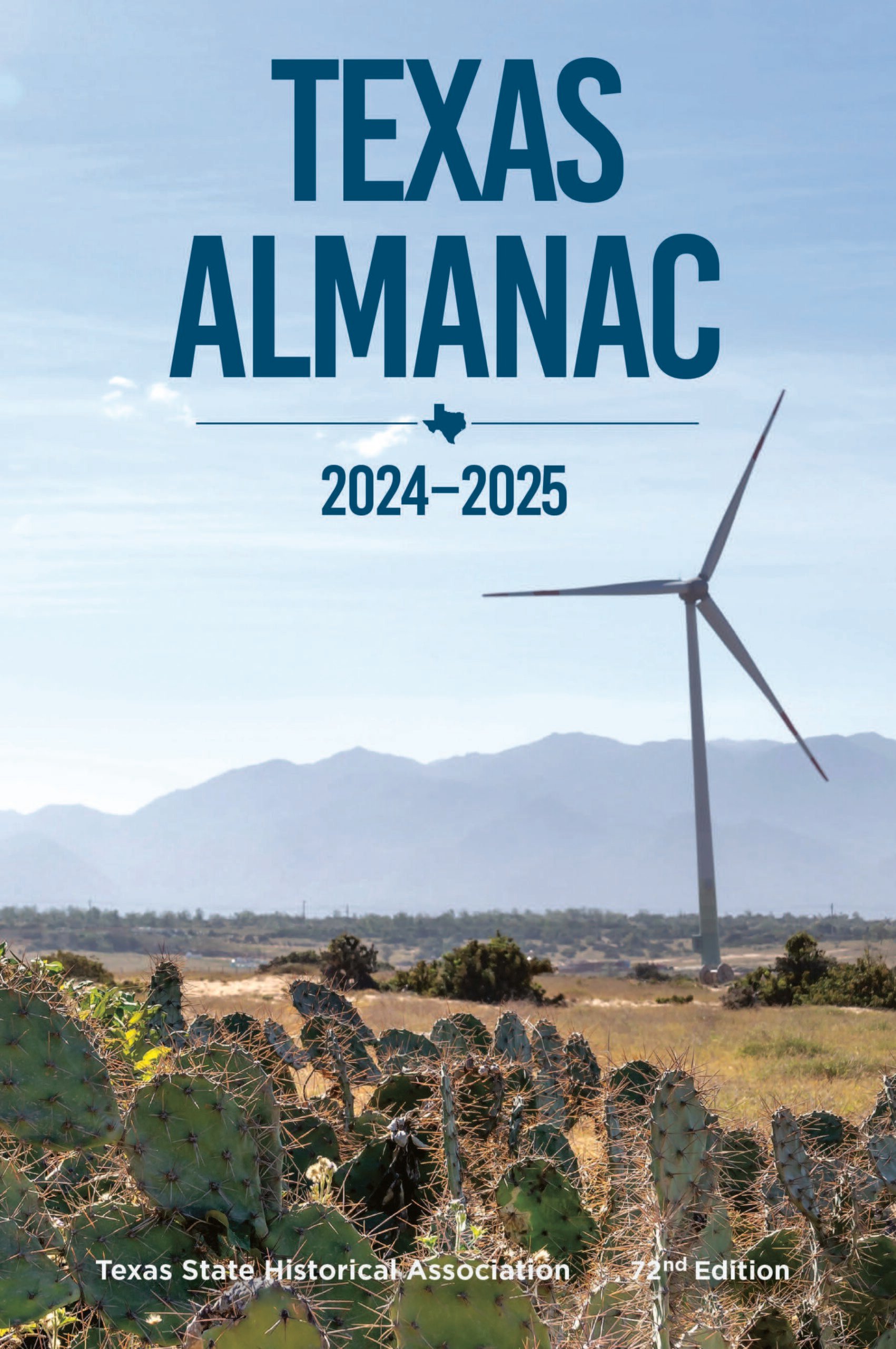The World Birding Center comprises nine birding education centers and observation sites in the Lower Rio Grande Valley designed to protect wildlife habitat and offer visitors a view of more than 500 species of birds.
The center has partnered with the Texas Parks and Wildlife Department, the U.S. Fish and Wildlife Service and nine communities to turn 10,000 acres back into natural areas for birds, butterflies and other wildlife. This area in Cameron, Hidalgo and Starr counties is a natural migratory path for millions of birds that move between the Americas.
The nine WBC sites are situated along the border with Mexico:
Bentsen – Rio Grande Valley State Park
This is the World Birding Center Headquarters and comprises the 760-acre Bentsen-RGV State Park and 1,700 acres of adjoining federal refuge land near Mission. The site offers: daily tram service; 4 nature trails ranging in length from 1/4 mile to 2 miles; 2-story high Hawk Observation Tower with a 210-foot-long handicapped access ramp; 2 observation decks; 2 accessible bird blinds; primitive camping sites (by reservation); rest areas; picnic sites with tables; exhibit hall; park store; coffee bar; meeting room (available for rental); catering kitchen; bike rentals (1 and 2 seat bikes). Access within the park is by foot, bike and tram only; (956) 585-1107. Hours: 6 a.m. to 10 p.m., seven days a week.
Edinburg Scenic Wetlands
This 40-acre wetlands in Edinburg is an oasis for water-loving birds, butterflies and other wildlife. The site is currently offering:walking trails, nature tours and classes; (956) 381-9922. Hours: 8 a.m. – 5 p.m., Monday through Wednesday; 8 a.m.–6 p.m., Thursday through Saturday. Closed Sunday.
Estero Llano Grande State Park
This 176-acre refuge in Weslaco attracts a wide array of South Texas wildlife with its varied landscape of shallow lake, woodlands and thorn forest; 956-565-3919. Hours: 8 a.m.–5 p.m., Monday through Friday; 8 a.m.–7:30 p.m., Saturday and Sunday through August.
Harlingen Arroyo Colorado
This site in Harlingen is connected by an arroyo waterway, as well as hike-and-bike trails meandering through the city, Hugh Ramsey Nature Park to the east and the Harlingen Thicket to the west; (956) 427-8873. Hours: Office, 8 a.m.–5:00 p.m., Monday through Friday. Nature trails are open seven days a week, sunrise to sunset.
Old Hidalgo Pumphouse
Visitors to this museum in Hidalgo on the Rio Grande can learn about the steam-driven irrigation pumps that transformed Hidalgo County into a year-round farming area. The museum’s grounds feature hummingbird gardens, walking trails and historic tours; (956) 843-8686. Hours: 10 a.m.–5 p.m., Monday through Friday; 1 p.m.–5 p.m., Sunday. Closed Saturday.
Quinta Mazatlan
This 1930s country estate in McAllen is a historic Spanish Revival adobe hacienda surrounded by lush tropical landscaping and native woodland. It is also an urban oasis, where quiet trails wind through more than 15 acres of birding habitat; (956) 688-3370. Hours: 8 a.m.–5 p.m., Tuesday through Saturday. Open until sunset on Thursdays. Closed Mondays and holidays.

